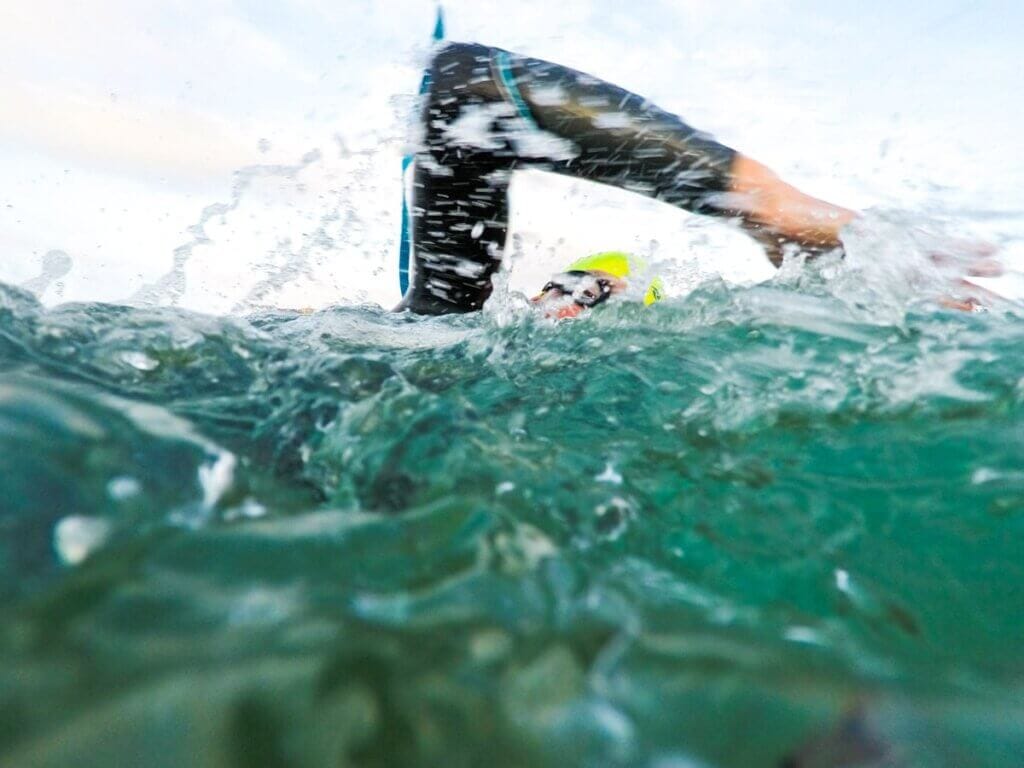Dr Rip says: Wave power, there’s an equation for that

When I sent out the article ‘There’s a lot of water in those waves’ to my email database [subscribe here], it was my most read of the 2020-21 summer.
One of the 14,000 swimmers who received the email was a friend of mine, Professor Rob ‘Dr Rip’ Brander, a ‘surf scientist’ well known for his passion for rip currents and the Science of the Surf program.
When Rob read my article referencing wave ‘energy’ and ‘power’ I can see him leaning back in his rocking chair, tweed jacket on and pipe hanging out the side of his mouth (ok, maybe not the last part), gently turning his head side to side… “Andre, my dear friend, there’s an equation for that”.
You’d expect this from a surf scientist reading my simplified guides, right?
You see, I was kind of using these terms interchangeably, when in fact they are quite different beasts.
Here’s how Rob explained it to me:
“We always hear about waves being more powerful than others, especially in places like Hawaii.
I remember the first wave I bodysurfed in Hawaii (Slaughterhouse Beach, Maui). It looked like a normal-sized wave, about 1 to 1.5 m, but when I caught it, it was like I was being jet-propelled. It was fantastic!
Here’s the deal.
Wave Energy is related to the square of the wave height. So small increases in wave height result in big increases in energy.
But Wave Power is related to Energy x Wave Speed (P = EC)
So wave energy is kind of independent. You can have the same wave energy in a 1.5 m high wave at Bondi as you do at Pipeline. The difference is the wave speed.
Wave speed (in deep water) is basically = L/T, i.e the wavelength divided by the period (so distance per time = speed). Ignoring some physical derivations, the wave speed in deep water is = 1.56 T….so longer period waves travel faster, hence have more power.
Swell on our coast tends to be in the 8-10 s period range. But Hawaii is in the middle of the Pacific and gets longer period waves (10-15 s, sometimes longer) from everywhere …hence they are faster and feel more powerful.
When we get very long period swell here, you can also feel the difference.
It’s pretty cool… and very noticeable. Does that make any sense?”
Thanks Rob, yes that makes sense.
Now, in my best ‘Ocean Awareness For Dummies’ summary:
If we switch wave period (time between waves, in seconds) with wave distance
, which is easier to visualize at the beach, we can dumb it down to this:
__⎽-⎻⎺⎺⎻-⎽_______⎽–⎻⎺⎺⎻-⎽__
———>>> ———>>> ———>>>
Fast waves with a greater distance between waves = powerful surf.
__-⎺-__-⎺-__-⎺-__-⎺-__-⎺-__-⎺-_
——————–> ——————–>
Slow waves with a shorter distance between waves = weaker surf.





Responses